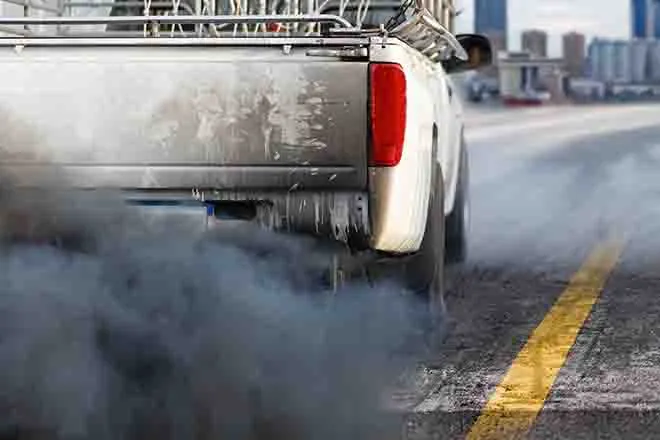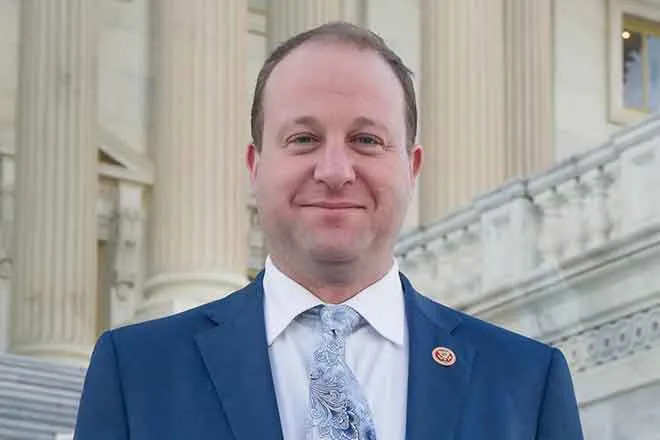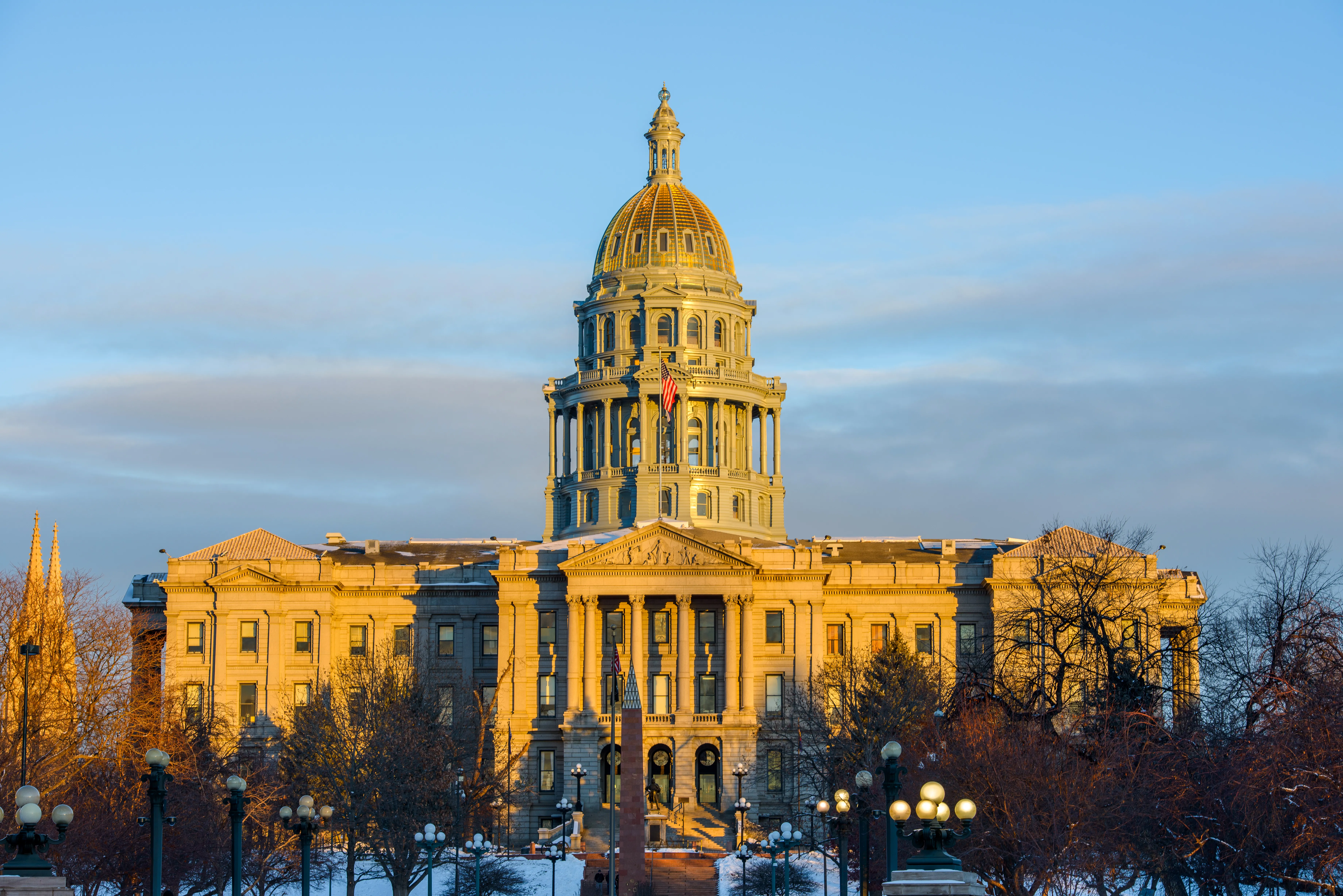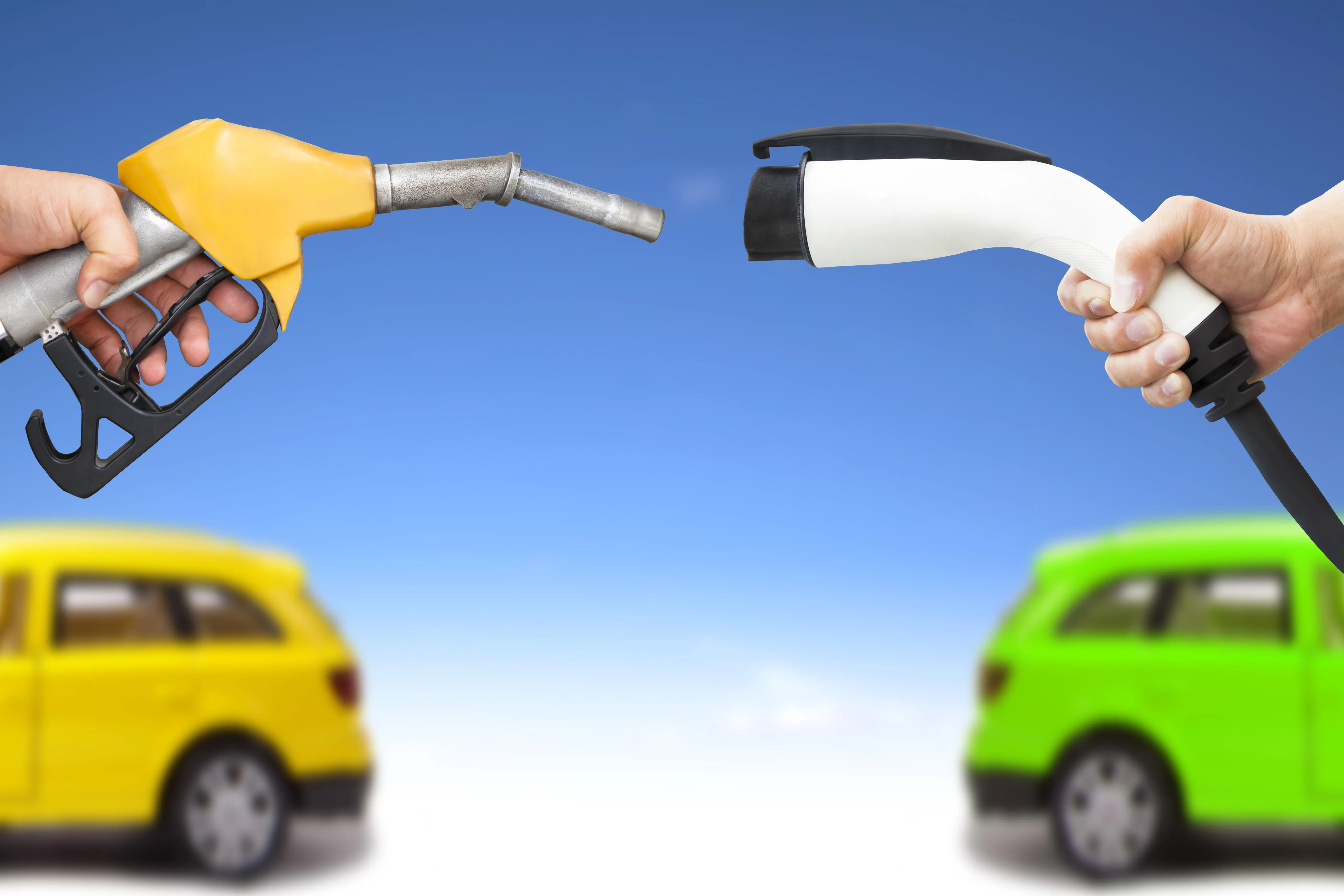
Reforming our buildings one heat pump at a time
© iStock
(Big Pivots) Dismantling coal plants will be the easy part as Colorado stretches to reduce its greenhouse gas emissions. We have just a handful of them. The last one, Comanche 3, in Pueblo, is to close by the end of 2030.
Buildings pose a far greater challenge. We have many hundreds of thousands of them, perhaps millions. We burn natural gas in most of them to heat space and water and, in many cases, for cooking. It will take decades to decarbonize them.
Effective technology has arrived. Air-source heat pumps work in nearly all of Colorado’s climates. Ground-source heat pumps work everywhere. And various programs dramatically lower the costs of installing these and other technologies.
Consider the 1,500-square-foot house in west Denver purchased by James Warren and Hayley Schroeder in October 2023. The attic had the skimpiest of insulation. They boosted it to R-60, among the very best. Insulation is relatively cheap and easy to install, the payback quick.
The 17-year-old gas furnace provoked a more complex calculus. It was nearing the end of its useful life. And the couple wanted cooler air during the 90-plus days of summer. An air-source heat pump can do both.
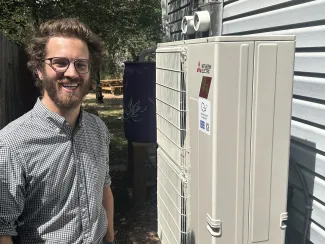
©
Heat pumps don’t come cheap, but local, state and federal programs along with a rebate from their electrical utility, Xcel Energy, delivered $10,286 in incentives. Being in Denver helps. City voters in 2021 approved a sales tax to fund climate-change work. That fund delivered two rebates totaling $4,786 for Warren and Schroeder.
The couple paid $13,000 for the heat pump, about the same as if they had purchased a new gas furnace and air conditioner. Their electric bill will rise modestly, but their gas bill will wither to what they need for cooking.
The Inflation Reduction Act approved by Congress in 2022 has started delivering a substantial amount of money for renovating our buildings. The Denver Regional Council of Governments will get $200 million for work in its nine-county area along the northern Front Range. Member jurisdictions had already committed $73 million to the same zero-emissions initiative.
Who will do the actual work? Unions representing electricians and pipefitters are on board with the retraining of their members needed for this work on our buildings as we start reducing use of methane, the primary constituent of natural gas. This federal aid will be used, in part, to train 4,800 workers during the next five years to work in the nine-county metro region.
This is also an opportunity for entrepreneurs. Elephant Energy, the company that oversaw the work at the house in West Denver was founded in April 2021, with operations in Colorado from Fort Collins south to Littleton and Parker.
DR Richardson, a co-founder, says business has been rapidly growing. His company acts as an intermediary between contractors and homeowners who might be baffled or at least confused about the various incentives as well as costs. The incentives of the IRA coupled with growing awareness of the advantages of air-source heat pumps have been a boon.
“A year ago we were doing 10 (installations) per month. Now we’re doing 50 a month – and I foresee a similar trajectory once (new) rebates come out.”
In all this, Colorado lags some other industrial countries. Richardson cites Norway, where he says 60 percent of homes have heat pumps.
“In Colorado, it’s maybe one in a hundred, or probably closer to one in a thousand,” he says.
A big piece of what holds back contractors is the new technology. “They don’t know how to install or sell or price the technology and think through the cost implications.” And then there are the incentives. That’s what Elephant Energy does.
“Our job is to make the lives of contractors easier,” he explained. “We work closely with homeowners. We do the system design and equipment procurement, handle the incentives and rebates, and do all the billing and commissioning.
This pivot won’t occur on a dime. We unfortunately continue to dig a deeper hole in most places, installing natural gas pipes and stoves when we should be installing alternatives. And in some places, it may be difficult to find somebody to install a new heat pump, even if there are customers. In the mountain valleys of the Western Slope, for example, electricians and others have all the work they can manage without the need to learn new technology.
Challenges? Yes, they exist. But also great opportunities as we wean our buildings from the continual combustion of fossil fuels. We’re just getting started.
Big Pivots covers Colorado’s energy and water transitions. See more of the e-magazine at BigPivots.com.


